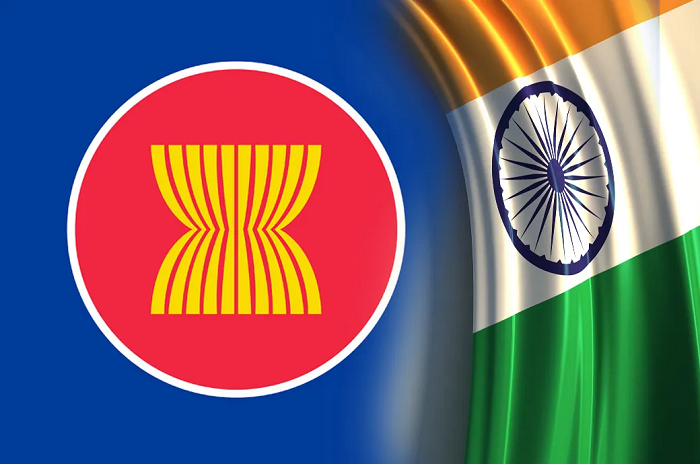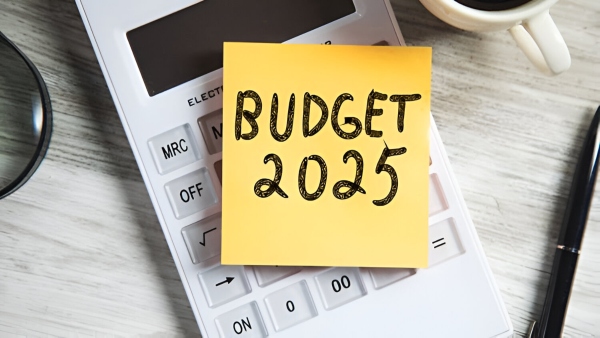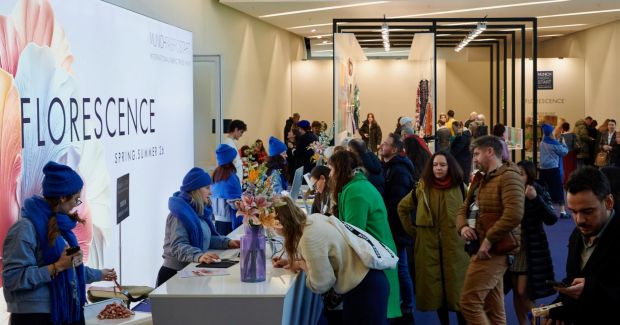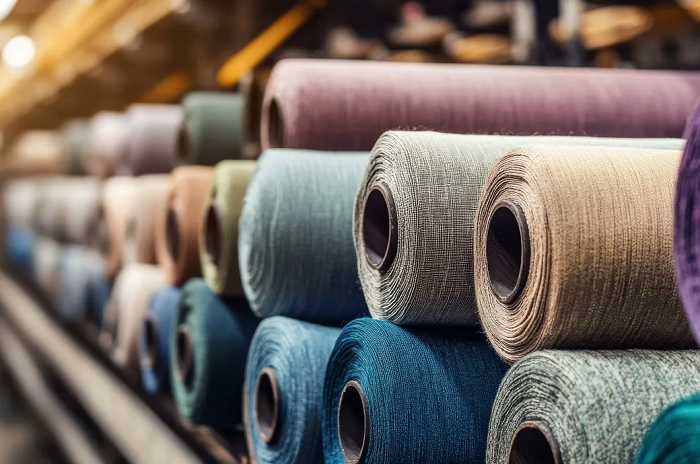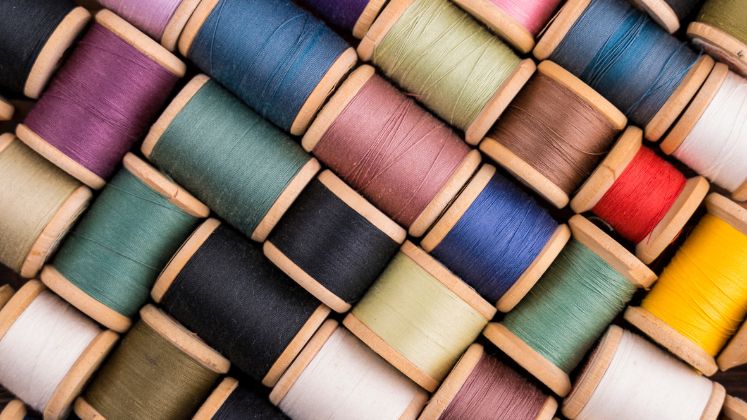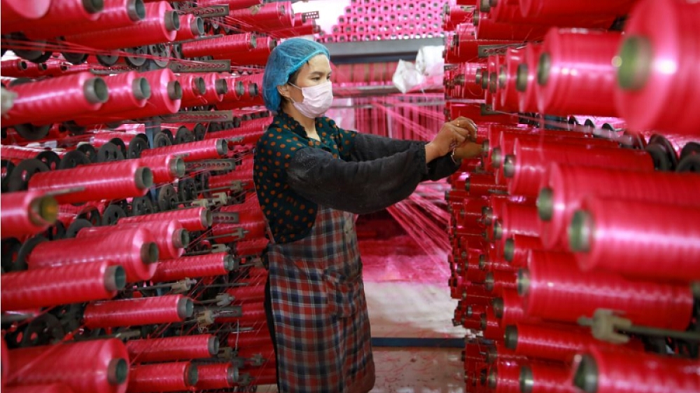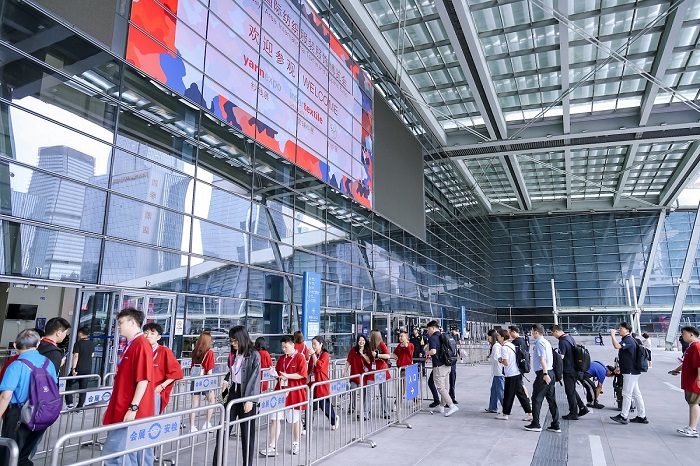
In the last five decades, Bangladesh has become one of the fastest growing economies of the world. Its per capita income has reached $2,554, one of the highest in South Asia. Poverty rate declined to 20.5 per cent, both ways trade increased to $82 billion during the same time. Foreign exchange reserves have reached 45 billion.
Largest formal women employer
This success story has largely been woven by the ready-made garment (RMG) industry in the country, says Faruque Hassan, President, BGEMA. With 3,500 active clothing factories, the industry generates 81 per cent of Bangladesh’s export revenue. It is the world's second largest garment supplier, with its products going to 167 countries.
The RMG industry is also the largest formal employer for women in Bangladesh. The industry employs around 60 per cent of women, mostly within the age group of 18-30 years. This contributes to women’s empowerment and poverty reduction besides bringing about many positive changes like a drop in early marriage and early motherhood, increase in female literacy rates, etc.
Great strides in safety and sustainability
The industry itself has gone through a massive transformation since its inception. Its technology features, workplace safety, product quality and range, and environmental sustainability-- all have improved significantly. The sector has made great strides in safety and sustainability. Entrepreneurs have engaged with the government, ILO, local and international labour federations and brands through the initiatives titled 'Accord, 'Alliance' and 'National Action Plan'. Bangladesh made a joint declaration with ILO, EU, USA and Canada called the Sustainability Compact in 2013 to make it more sustainable.
World’s highest number of green factories
All factories in Bangladesh are compelled to go through a robust remediation program and install all the required safety equipment as per the standards. The country has the highest number of green garment factories in the world. US Green Building Council (USGBC) certified a total of 152 Bangladeshi factories as LEED (Leadership in Energy and Environmental Design), among them 44 are LEED platinum-rated and 94 are LEED gold-rated units. These factories are moving from semi-automatic to more automatic mode using sophisticated machines, technologies and software to prepare the industry for next phase of growth.
Bangladesh has also formed the RMG Sustainability Council (RSC) involving equal number of representatives from industry bodies, brands and unions in its governance.to build local capacity, It has entered into collaborative arrangement with a number of development partners and the government to train workers and mid-management officials on occupational safety and health and on social dialogue.
Explore the MMF sector
Bangladesh now aims to carve a niche in high-end garment products market. It aims to harness the potential of man-made fibre (MMF) market. Localization of MMF will enable it to explore the potential in active-wear, athleisure, suits and high-end formal-wear, outerwear, lingerie etc. To achieve the next phase of business sustainability, Bangladesh needs to make continuous efforts to cope up with the global fashion trends and realign its business strategies accordingly. It must strive to remodel its business from labor intensive to a value-added one through innovation, modern manufacturing, diversification, technology upgrading, up-skilling and re-skilling of our workforce.
Focus on human resources
To achieve its desired economic development, Bangladesh also needs to focus on its human resources. It needs to adopt a People Centric Approach while devising its strategies and policies.
The RMG industry will play a pivotal role in Bangladesh’s economic development. To achieve its target of $50 billion worth of exports, the government and the industry must continue to work together.


